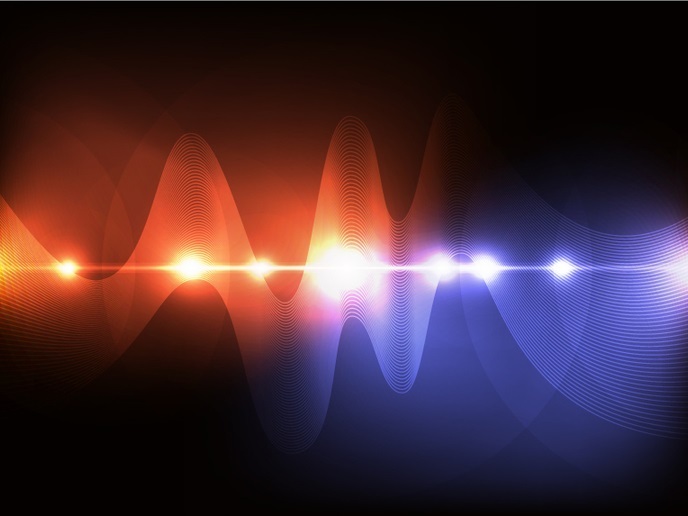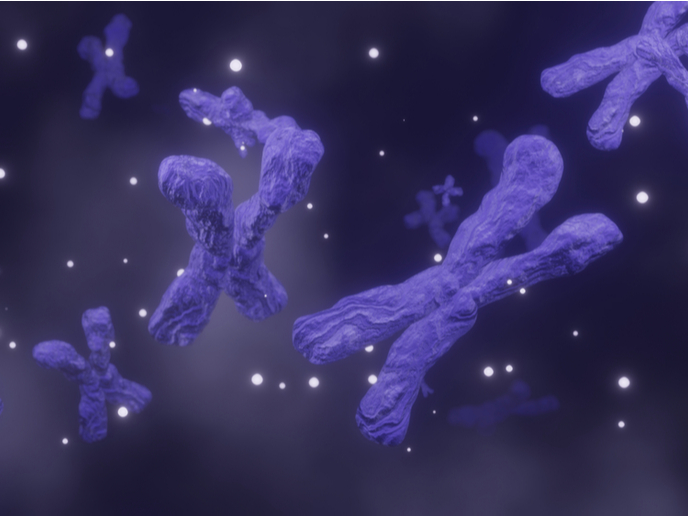New ultrafast X-ray techniques could capture electron motion at molecular level
Life is never static, and brighter than we think – many of the most important reactions in chemistry and biology are light induced and occur on ultrafast timescales. Nowhere is this more evident than in the elusive reactions of photosynthesis that sustain plants’ life. Researchers currently focus on understanding the so-called photosystem II enzyme reaction that allows plants to split water into hydrogen and oxygen in yet unknown ways. “A more detailed understanding of this reaction would open up the possibility of implementing this efficient process artificially. Complex molecular arrangements that store light energy just as nature does could one day offer a viable energy storage solution,” notes principal investigator Franz Kaertner who received a grant from the European Research Council (ERC) to lead the AXSIS project. The project could help reveal such ultrafast chemical responses to light thanks to innovative developments relating to compact attosecond X-ray sources (an attosecond is one quintillionth of a second) and terahertz accelerators.
Ultrafast X-ray science to visualise molecular processes
AXSIS scientists used serial crystallography, an emergent X-ray technique designed to investigate the structure of individual microcrystals. The technique can help increase understanding of structure and function at the atomic and molecular levels as it gives a full description of ultrafast processes atomically resolved in real space as well as on the electronic energy landscape. It involves applying a coherent attosecond X-ray free-electron source based on coherent inverse Compton scattering (C-ICS) on a crystal. A major problem with the technique is that there is a delicate line between obtaining good quality data and not overly damaging the crystals by radiation. Conventional serial femtosecond crystallography uses the principle of ‘imaging before destruction’. The X-ray free-electron lasers deliver intense femtosecond pulses that yield high-resolution diffraction data before the molecule is destroyed by radiation. “The attosecond pulses generated from C-ICS sources provide added benefits since they can outrun damages on the electronic states of the molecule that happen on a much shorter timescale,” explains Petra Fromme, member of the project team. “The groundbreaking experimental capabilities of attosecond X-ray diffraction and spectroscopy will help realise one of the grandest dreams of biochemists: the production of molecular movies of the structural and chemical changes that occur simultaneously in complex biochemical reactions,” adds Kaertner. The high repetition rate of X-ray pulses should ultimately enable scientists to unravel the mechanisms of ultrafast light absorption and excitation energy transfer in photosynthesis at the relevant spatial and temporal time scales. Until now, ultrashort beams could only be produced by expensive and large equipment. What led researchers to the development of this compact attosecond X-ray source?
Terahertz technology miniaturises particle accelerators
The AXSIS team is building the first prototype of a miniature particle accelerator that uses terahertz radiation. The wavelength of terahertz radiation is much shorter than the radio waves that are currently used to accelerate particles. This means that the accelerator components can also be built to a smaller scale. Using a non-linear optical process, the researchers produced terahertz electromagnetic waves from energetic laser pulses. For their prototype, they fired fast electrons from an electron gun within a micro-structured linear accelerator module. The electrons were then further accelerated by terahertz radiation fed into the module. The cutting-edge laser used produced terahertz pulses with energies on the scale of milli-Joules, a record for this technique. Because the pulses are so short, they reach peak brightness comparable to those produced by larger facilities, even if there is significantly less energy in each pulse. "With these very short and bright pulses we are hoping to gain new insights into the extremely rapid chemical processes whereby plants and some bacteria produce their own carbohydrates,” concludes Kaertner.
Keywords
AXSIS, X-ray, attosecond, terahertz, photosynthesis, coherent inverse Compton scattering (C-ICS), particle accelerator, femtosecond crystallography







